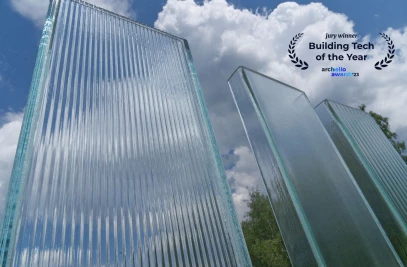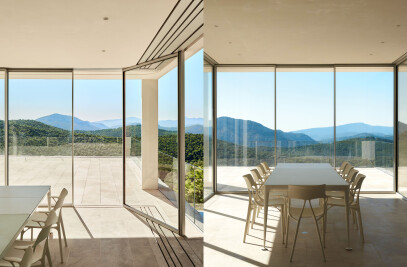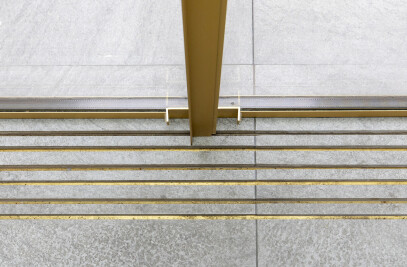The WHO Academy, situated in Lyon’s Gerland Biodistrict, is a facility designed to meet the evolving needs of public health education. Spanning 11,000 square meters, the building has been developed by Paris-based Ateliers 2/3/4/ to support the World Health Organization’s training objectives. The Academy is designed to serve as a centralized space for education and simulation, with an emphasis on functionality and accessibility.
The Academy is structured to host a variety of training programs for up to 16,000 healthcare professionals annually. The building includes 24 modular classrooms and a specialized emergency simulation center divided into six key spaces. These include two large simulation rooms totaling 1,000 square meters, two emergency operations center rooms, and two simulation spaces designed to replicate complex scenarios with varying environmental, climatic, and acoustic conditions.
In addition to simulation facilities, the building includes a dedicated library, flexible training rooms, and audiovisual content creation spaces aimed at expanding the reach of WHO’s educational materials. By 2028, the Academy plans to deliver multilingual digital courses in six official WHO languages to a global audience of 3 million learners.
At the center of the Academy is the agora, a multi-purpose space intended to facilitate movement and interaction. This double-height area is visible from the exterior and serves as the building’s focal point. Wide stepped seating leads to adjacent functional areas, including the auditorium, cafeteria, and library. A vertical planted gap allows natural light to penetrate the interior spaces, while external terraces provide views of the surrounding district.
The building’s structure is based on a post-floor-slab framework to enable flexible layouts and long-term adaptability. The facade features a bioclimatic double skin designed to enhance thermal performance and energy efficiency. On the street-facing sides, graded terraces and reflective glass contribute to a distinctive but understated exterior appearance.
Materials were chosen with an emphasis on practicality and minimalism. The concrete framework is left exposed in many areas, reducing the need for applied finishes and aligning with the project’s focus on resource efficiency. In the agora, a suspended rattan feature both references the natural history of the site and enhances acoustic performance. The use of bio-sourced materials, combined with extensive glazing, creates a balance between durability and environmental considerations.
The project integrates bioclimatic design principles to align with WHO’s sustainability goals. Landscaping elements enhance the campus’s connection to its urban surroundings, while also providing environmental benefits. By incorporating adaptable structural systems and prioritizing material efficiency, the design addresses both current functional needs and future changes.
As part of the Gerland Biodistrict, the Academy complements its local context while serving its international purpose. It is intended to act not only as an educational facility but also as a public-facing space that aligns with WHO’s mission of transparency and public engagement.













































